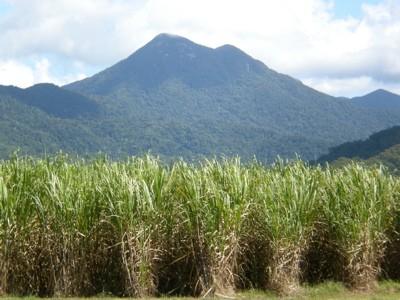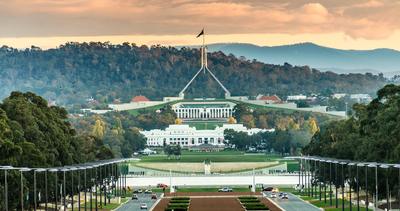A Comprehensive Guide to Purchasing Abandoned Farms
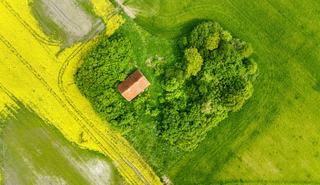

The desire for a rural lifestyle has surged in recent years, with over 40% of city dwellers reporting aspirations of leaving metropolitan areas for the country. Purchasing abandoned farms represents one of the most authentic pathways to achieving this tree change dream, offering both lifestyle transformation and genuine investment potential. These neglected properties, often passed over by conventional buyers, present unique opportunities for those willing to embrace restoration and rehabilitation. The journey from discovering a forgotten homestead to creating a thriving rural property demands careful planning, thorough due diligence, and realistic budgeting, yet the rewards extend far beyond financial returns.
This comprehensive guide explores the practical realities of finding, assessing, and transforming abandoned farms into productive rural properties, addressing everything from initial property searches to navigating complex legal requirements. Whether seeking self-sufficiency, historical charm, or an alternative investment vehicle, understanding the complete process ensures informed decisions and successful outcomes in the rural property market.
What Makes a Neglected Farm a Smart Investment
Abandoned farms in Australia typically emerge from deceased estates, mortgagee sales, or family holdings left vacant for years due to changing agricultural economics or demographic shifts. The value proposition extends well beyond romantic notions of country living, offering tangible financial and lifestyle benefits that appeal to resourceful, visionary buyers. These properties deliver affordability and value compared to operational farms, providing accessible entry points to the rural market at prices often 30-50% below comparable maintained properties. The blank canvas approach allows purchasers to restore historical homesteads according to personal vision, whether implementing permaculture systems, developing eco-tourism ventures, or establishing off-grid sustainable living arrangements. Many abandoned farmhouses feature architectural character and craftsmanship impossible to replicate in modern construction, with hand-hewn timber beams, original stonework, and period details that add intrinsic value once restored. The path to self-sufficiency becomes particularly viable on disused farms, where established infrastructure, mature trees, and existing water sources provide foundations for hobby farming, organic production, or livestock operations. Dr. Michael Henderson, agricultural economist, notes that "buyers who approach these properties with realistic timelines and phased development plans often achieve significant equity growth whilst creating lifestyle assets that align with sustainability values." The investment case strengthens further when considering that restored rural properties consistently outperform metropolitan real estate in terms of lifestyle satisfaction, even when pure capital appreciation remains secondary to quality of life improvements.
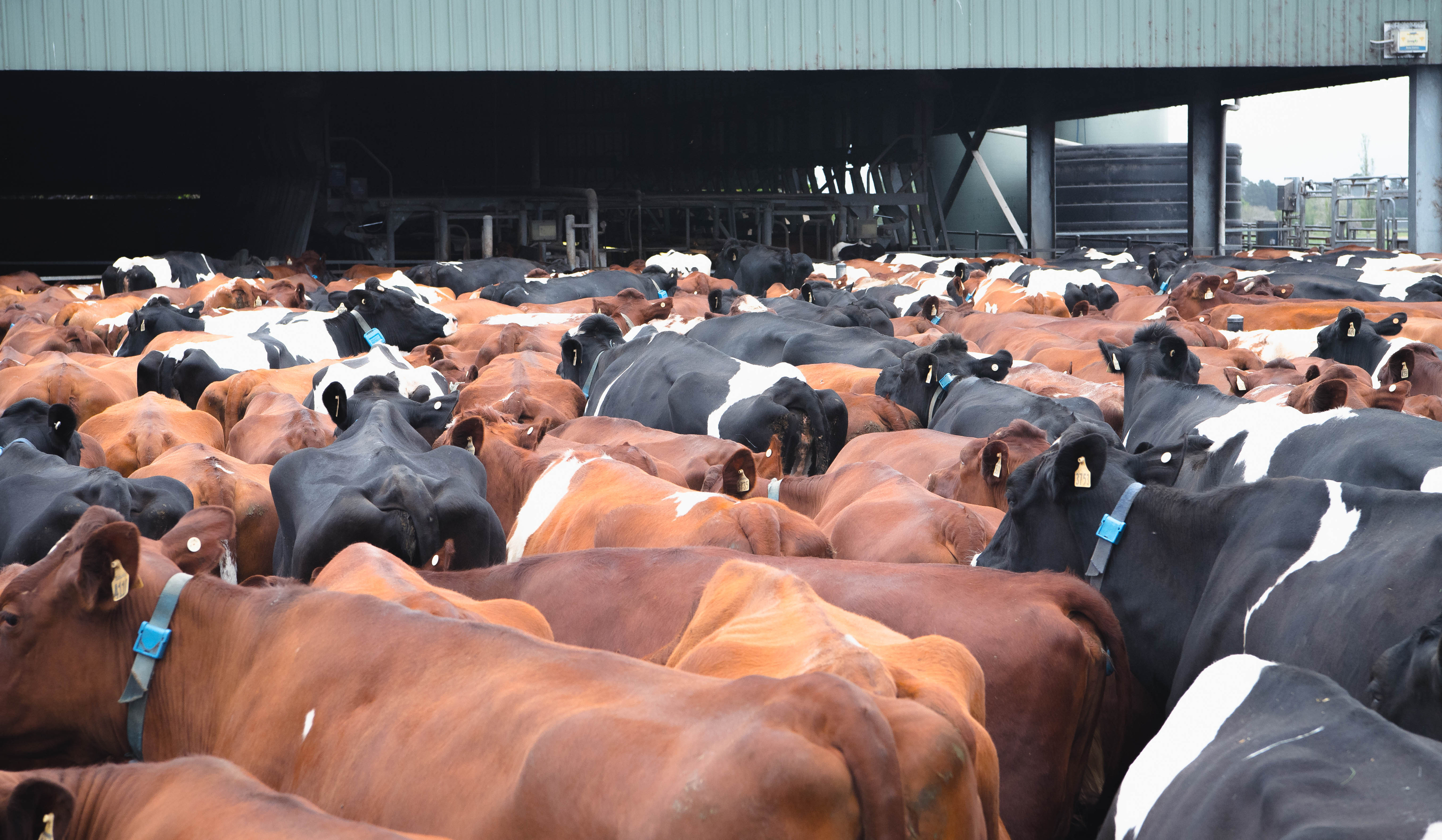
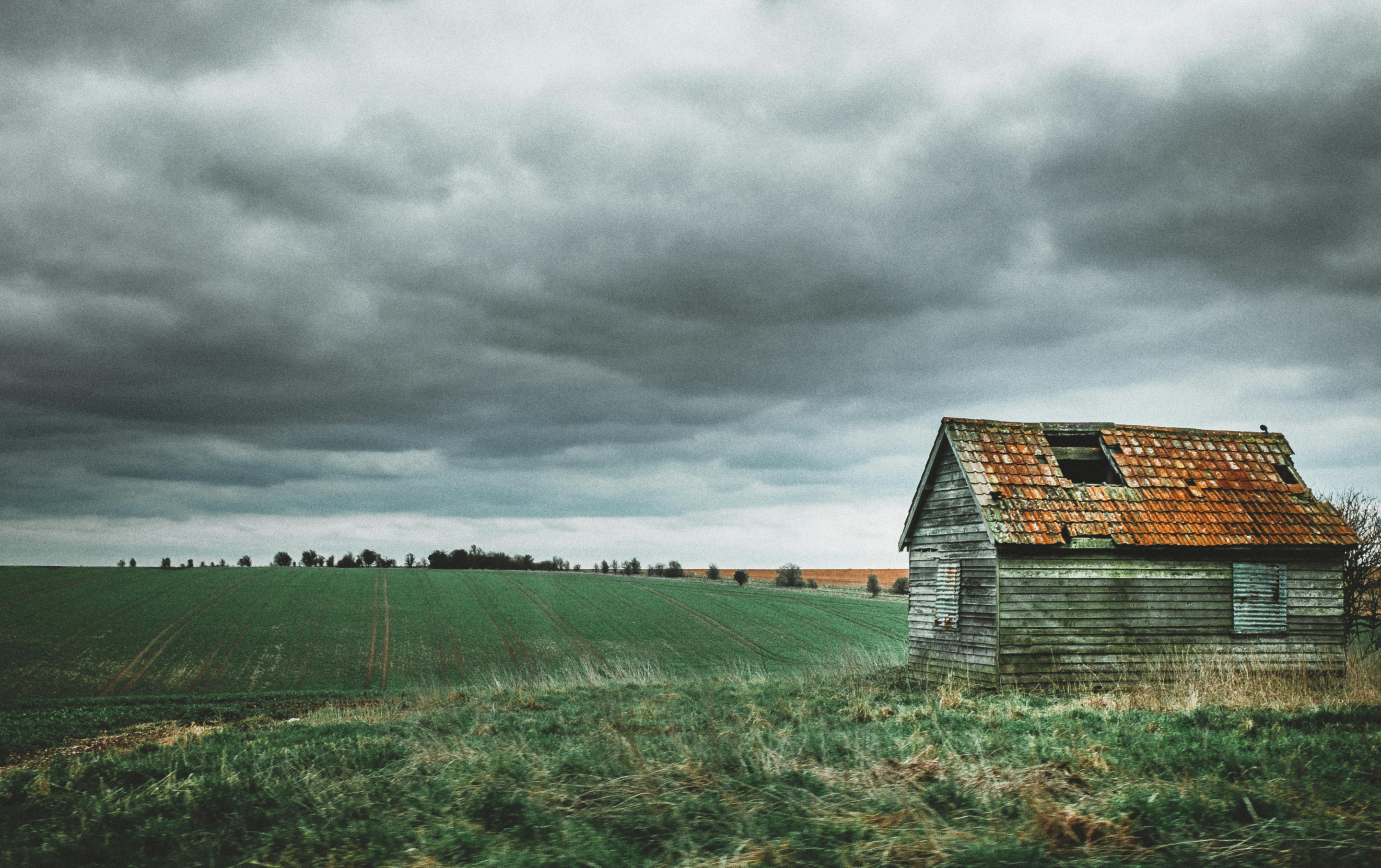
A Practical Checklist for Finding Hidden Gem Properties
Locating abandoned farms for sale requires strategic searching, as these properties rarely appear with obvious descriptions in standard listings. Farmbuy specialises in connecting buyers with rural opportunities, though comprehensive searching demands multiple approaches across various platforms and channels. Online property portals dedicated to rural and acreage sales provide starting points, but successful buyers employ specific search terminology beyond generic terms, including deceased estate, mortgagee sale, repossessed farms, WIWO farms, and turnkey agricultural land to uncover properties other buyers overlook.
Regional real estate agents represent invaluable resources, as local professionals maintain intimate knowledge of properties approaching the market and can alert buyers to opportunities before public listing. Council inquiries regarding properties with outstanding rates sometimes reveal neglected holdings whose owners may consider offers, whilst attending clearing sales and monitoring community noticeboards in target regions can uncover word-of-mouth opportunities. Geographic strategy matters considerably; regions situated more than three hours from major cities or areas experiencing population decline often feature more affordable abandoned rural properties for sale, with inland New South Wales, remote Victoria, and parts of South Australia offering particular value.
Abandoned farms for sale near me searches work effectively when conducted from regional centres rather than metropolitan areas, as proximity remains relative to rural scales. Sarah Morrison, rural property consultant, advises that "the best opportunities rarely last long once listed properly, so establishing relationships with regional agents and being prepared to act quickly distinguishes successful buyers from those who perpetually miss out." Persistence and patience characterise successful property searches, with ideal properties sometimes taking twelve to eighteen months to locate depending on specific requirements regarding location, size, and existing infrastructure.
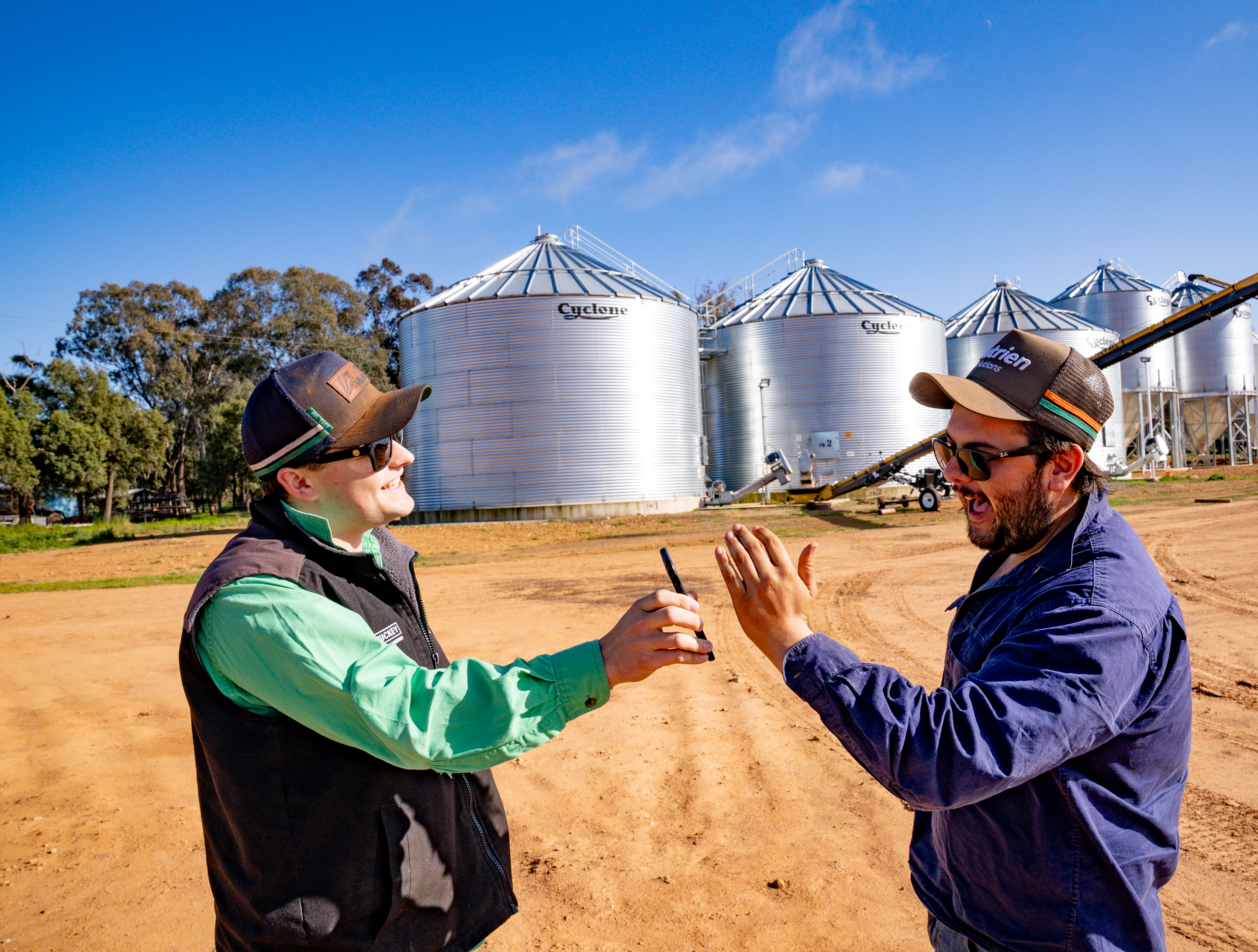
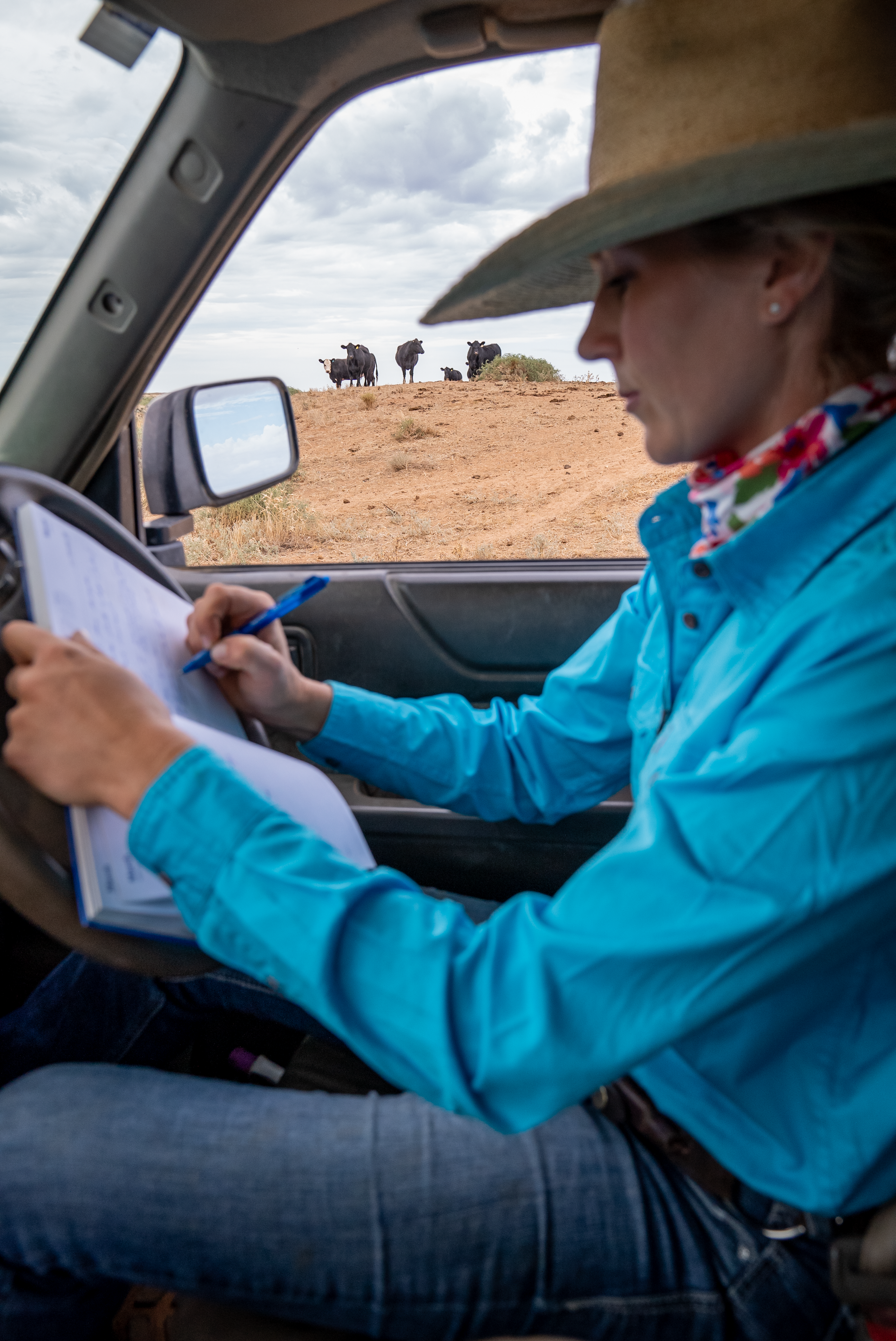
Must Know Due Diligence Before You Buy
Due diligence represents the most critical phase when purchasing abandoned farms, separating successful investments from expensive mistakes that plague unprepared buyers. Comprehensive property and land inspections form the foundation of informed decision-making, beginning with soil and water quality testing to assess contamination risks, fertility levels, and water source reliability through professional analysis of bores, dams, and water rights. Building and pest inspections conducted by qualified professionals specialising in older rural structures reveal structural integrity issues, termite damage, and pest infestations that dramatically affect restoration costs and feasibility. Infrastructure audits systematically evaluate fences, access roads, septic systems, and existing power connections, with particular attention to items requiring immediate replacement versus those manageable through staged repairs. Environmental and hazard assessments include bushfire attack level ratings and flood risk mapping, both increasingly important for insurance availability and long-term property viability in Australia's changing climate.
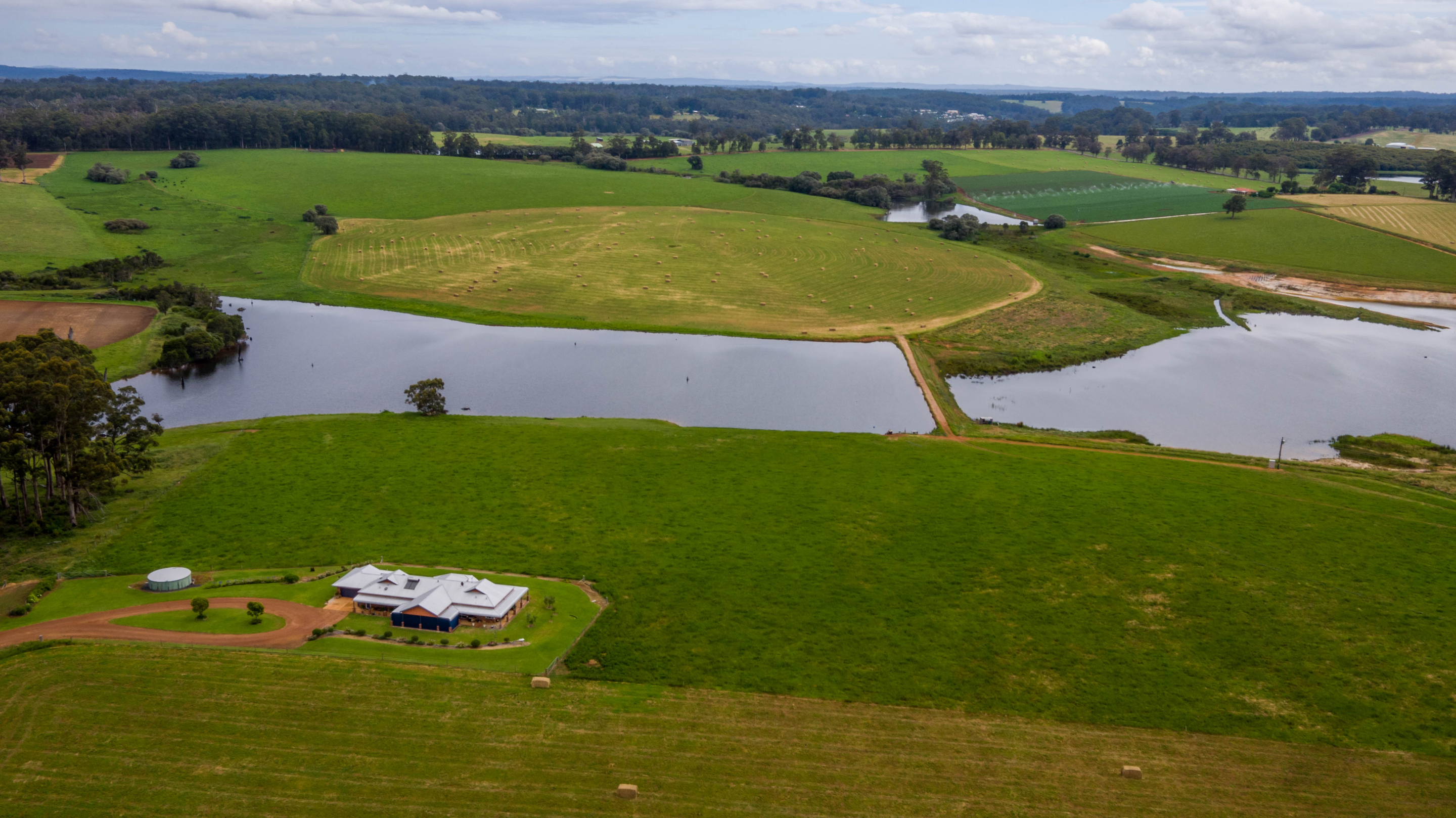

Navigating legal and zoning requirements demands professional assistance from solicitors or conveyancers experienced in rural property transactions, as complexities exceed standard residential conveyancing. Title searches confirm exact boundaries, easements, and covenants that may restrict land use or grant access rights to neighbouring properties or utility companies. Zoning regulations determine permissible activities, whether agricultural, residential, or mixed-use, directly impacting development plans and future property value. Water licences verification ensures legal rights to access and utilise water sources remain attached to the property, as these entitlements represent separate legal assets with significant value in water-scarce regions.
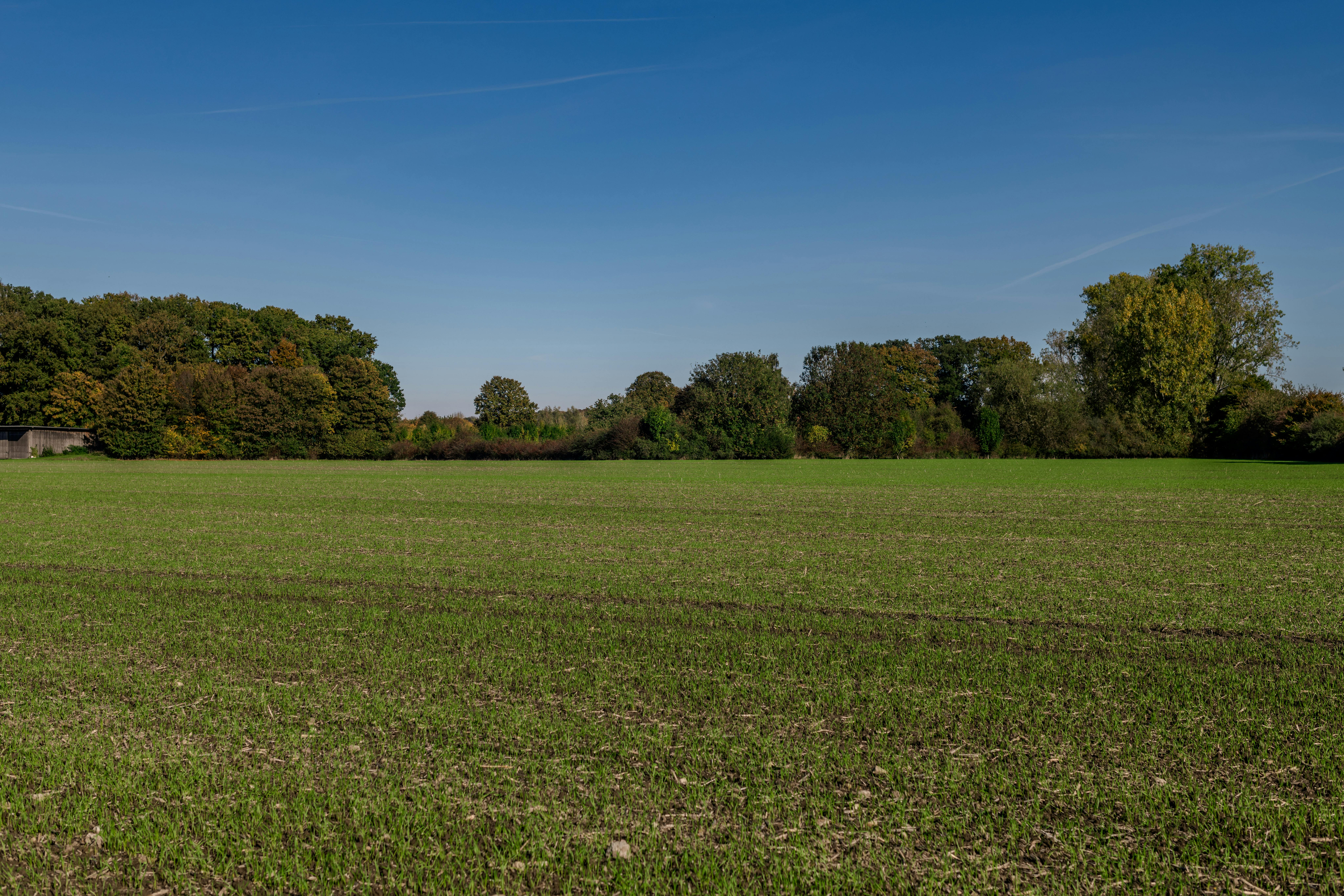
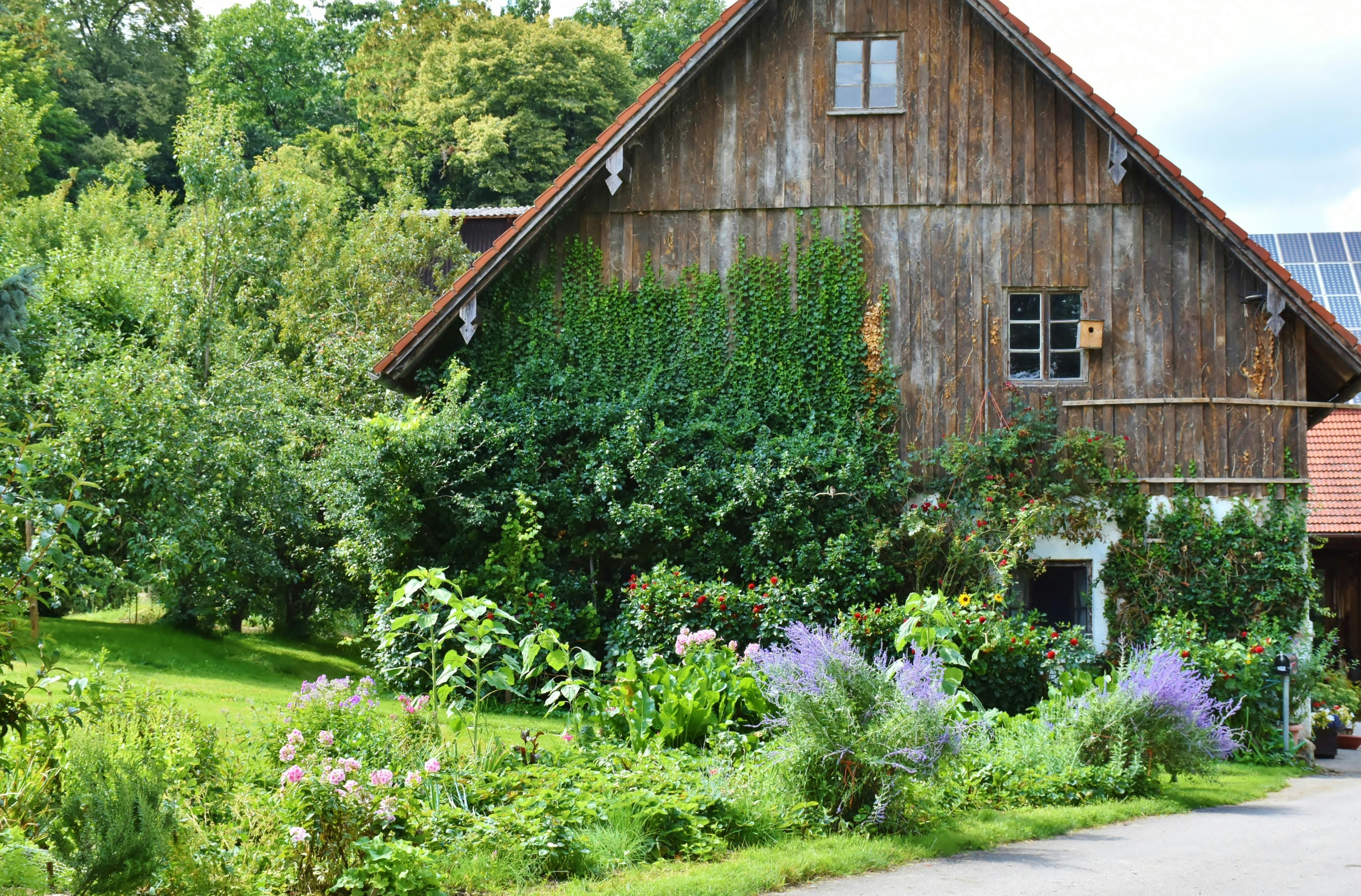
Heritage overlays require careful investigation, as heritage-listed buildings impose renovation restrictions that affect restoration timelines and costs. James Whitmore, rural property lawyer, emphasises that "buyers who attempt to economise on legal due diligence almost invariably face challenges worth multiples of the professional fees they sought to avoid, from access disputes to discovering their intended use violates zoning regulations." The due diligence process typically requires four to eight weeks when conducted thoroughly, though rushed transactions frequently result in discovering expensive problems post-settlement when remediation options become limited and costly.
Budgeting for More Than Just the Price Tag
Financial planning for abandoned farm purchases must extend considerably beyond the purchase price, as restoration and establishment costs often equal or exceed initial acquisition expenses. Upfront costs encompass the property price, stamp duty calculated on rural property values, legal fees for specialised conveyancing, and comprehensive inspection costs across multiple disciplines. Restoration and development expenses vary enormously depending on property condition, but commonly include homestead renovation, land clearing, fence repairs or replacement, and new infrastructure such as sheds, water tanks, and livestock facilities. Utility connection costs frequently surprise buyers, with power connection to remote properties potentially costing $50,000 to $150,000 or more, making off-grid solar and battery systems economically attractive despite initial investments of $30,000 to $80,000 for capable installations. Ongoing costs, including council rates, comprehensive insurance, and land maintenance, require careful calculation, as annual expenses on larger properties can reach $10,000 to $20,000 before mortgage payments. Whilst cheap abandoned farms for sale attract attention with low purchase prices, experienced buyers recognise that substantial discounts usually correlate directly with elevated restoration requirements.
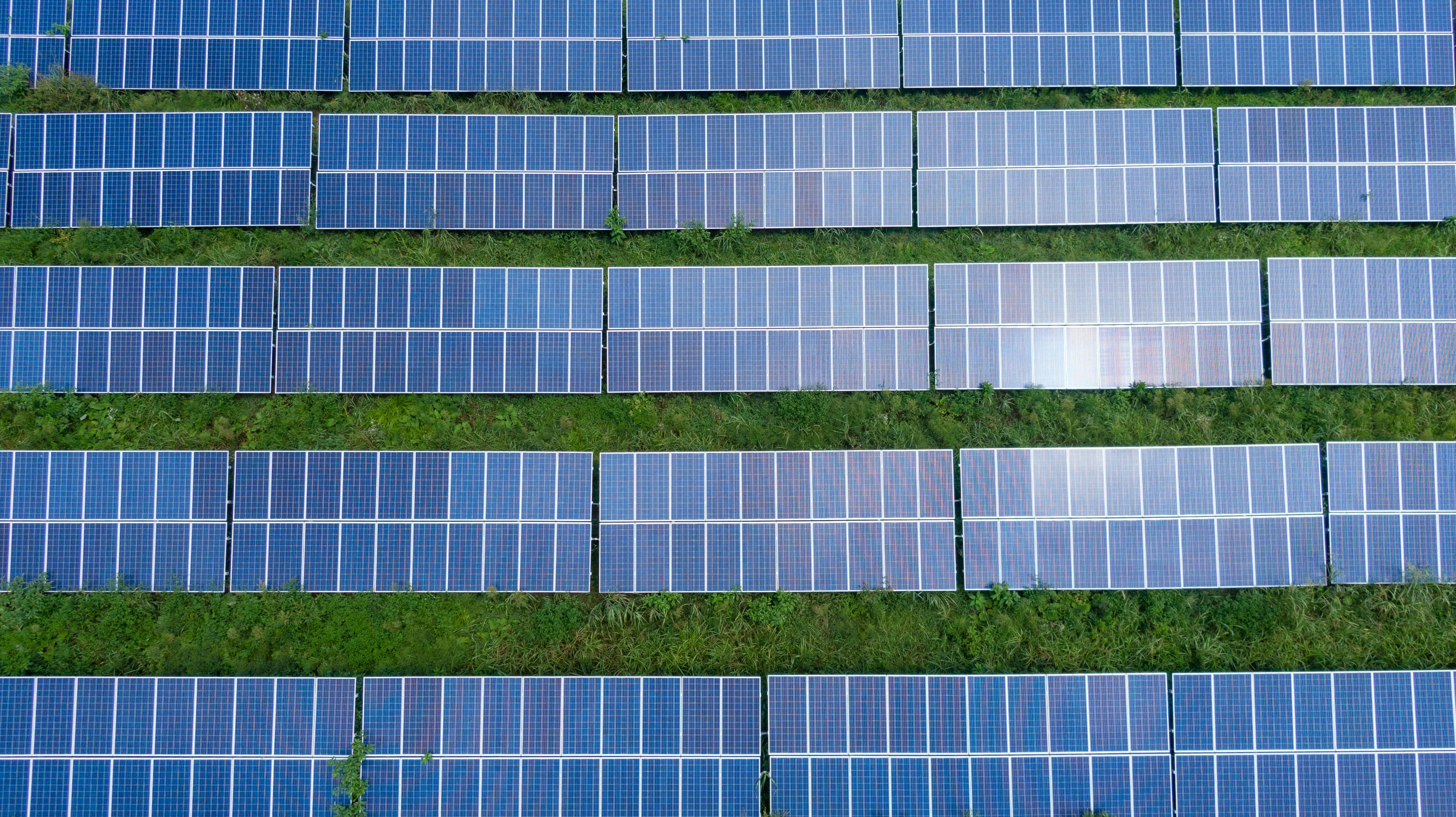
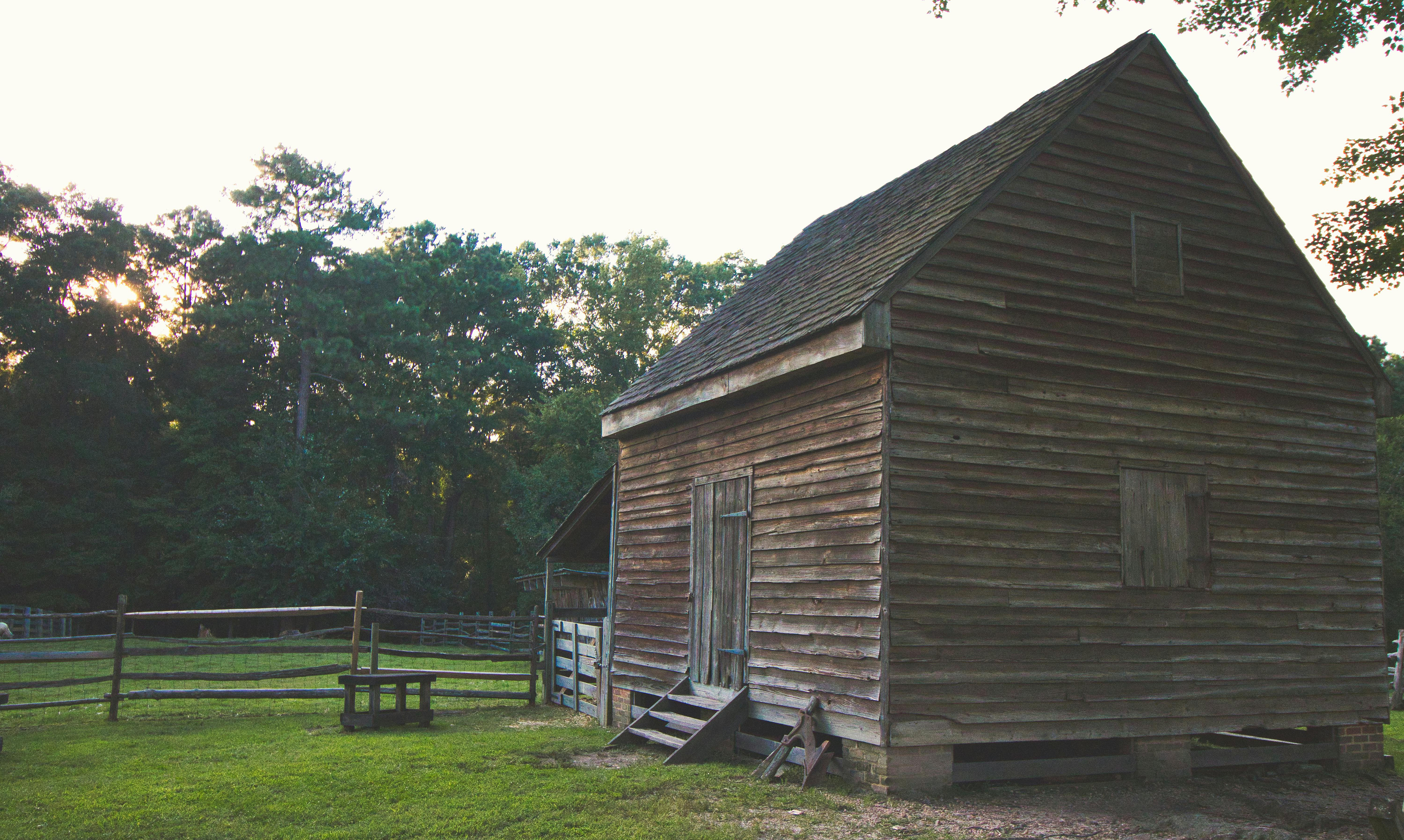
Financing options for derelict properties require strong applications, as lenders assess both property potential and borrower capacity to manage renovation costs, with some institutions offering construction or development loans alongside standard rural property finance. Government grants for land rehabilitation, sustainable farming initiatives, and support for new farmers occasionally provide supplementary funding, though these programmes target specific activities rather than property purchases themselves. Farmbuy recommends budgeting an additional 40-60% beyond purchase price for properties requiring significant work, with conservative financial planning protecting against unexpected discoveries during restoration that inevitably arise with older, neglected infrastructure.

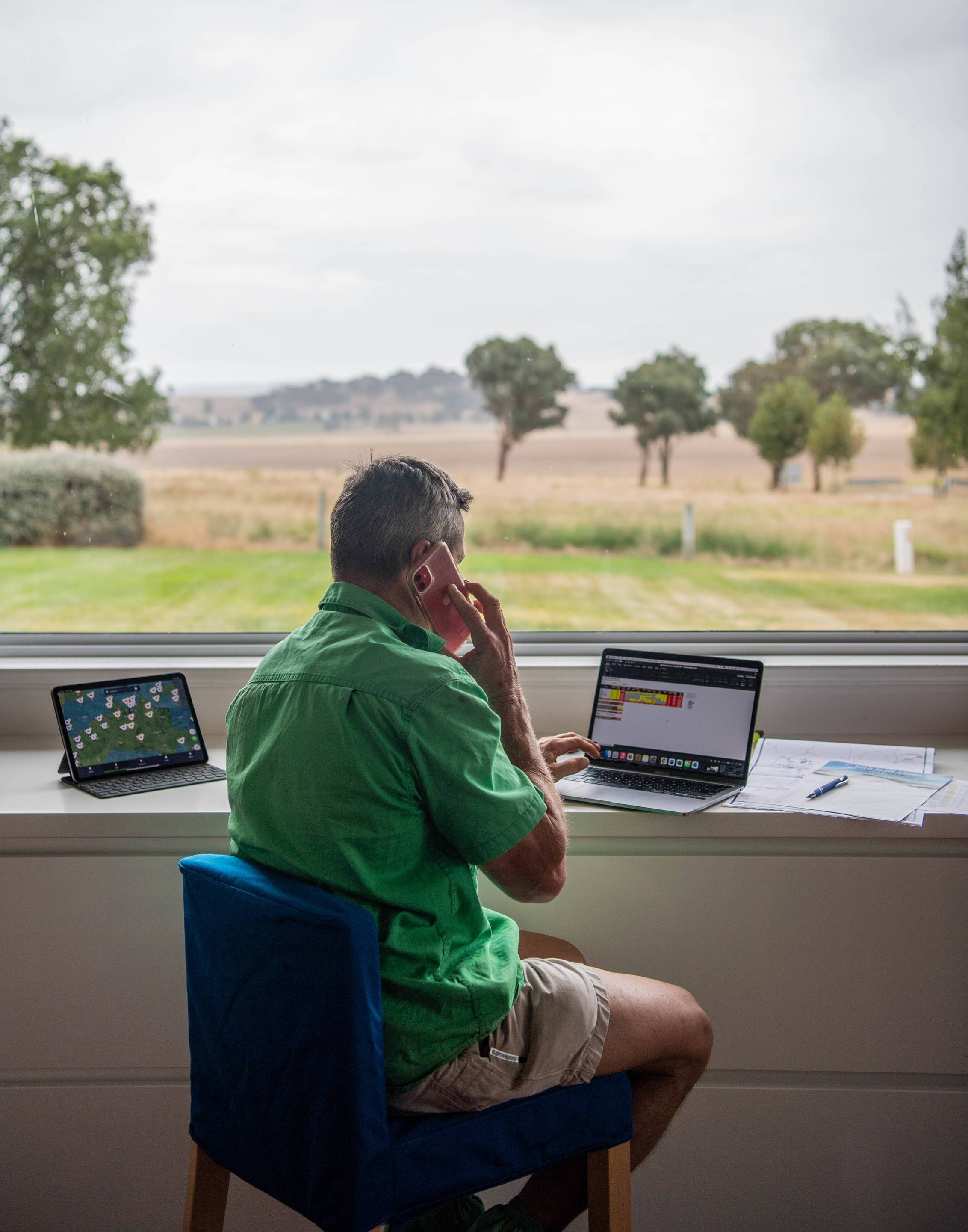
From Neglected Land to Thriving Homestead
Transforming abandoned farms into productive homesteads follows predictable phases, each building upon previous work to create sustainable, functional rural properties. The securing and stabilising phase addresses immediate concerns, including property boundaries, making buildings watertight to prevent further deterioration, and clearing essential access routes for vehicles and equipment. Bringing the land back to life involves soil remediation through testing and amendment programs, systematic weed and pest management using integrated approaches combining mechanical, biological, and chemical methods where appropriate, and strategic planning for land use, whether establishing improved pasture, planning crop rotations, or regenerating native vegetation. Connecting to the modern world presents particular challenges for remote properties, with buyers weighing traditional utility connections against contemporary alternatives, including solar and battery systems for reliable off-grid power.
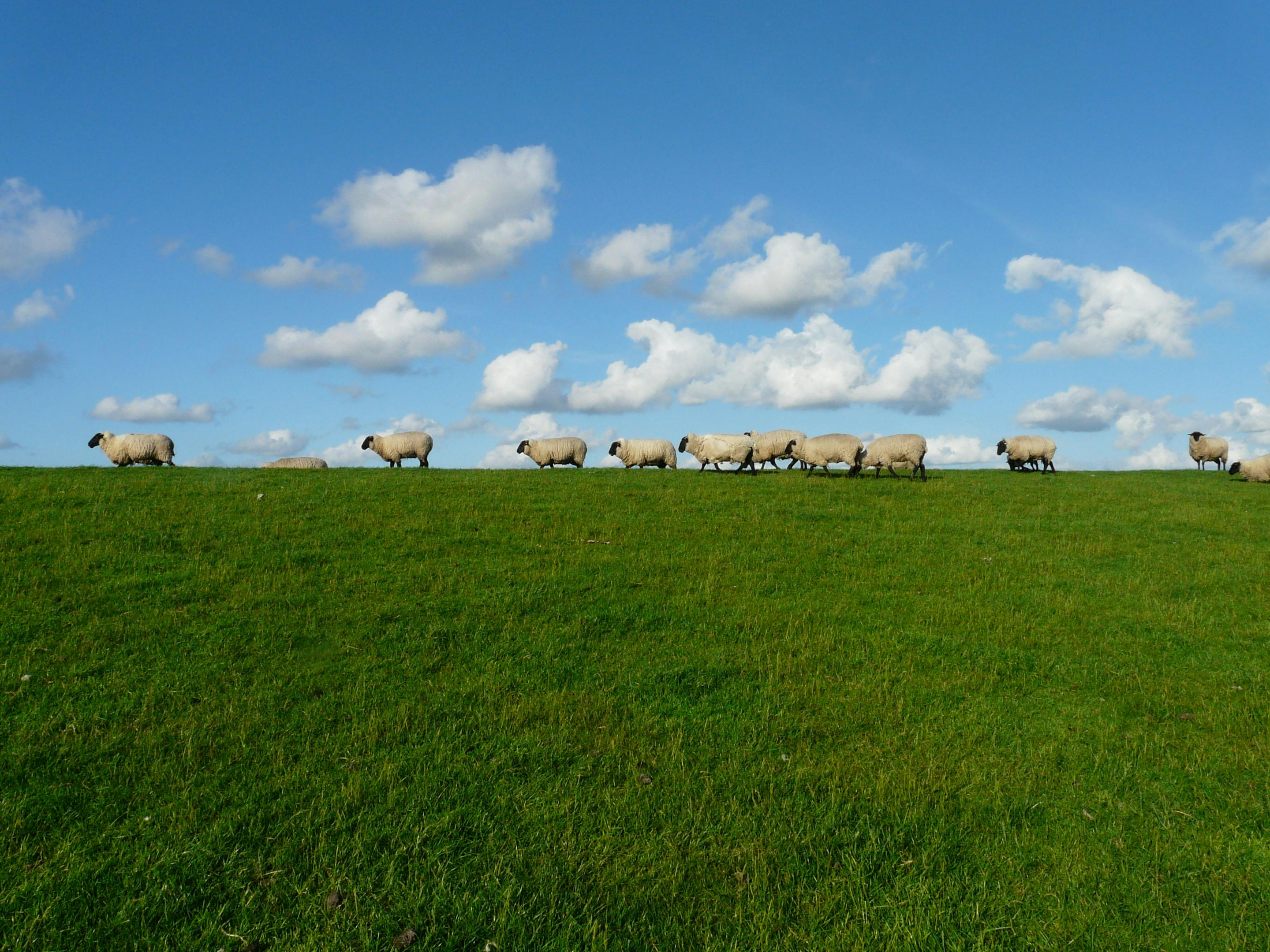

Internet connectivity has evolved into an essential utility rather than a luxury, with services like NBN, Sky Muster and Starlink providing viable solutions for remote working and modern rural lifestyles that previous generations lacked. Farmbuy properties increasingly feature buyers prioritising reliable internet access, recognising that connectivity enables remote work opportunities that make rural living financially sustainable. Realising the vision occurs gradually across twelve to thirty-six months, typically, whether moving into a meticulously restored heritage farmhouse, harvesting first crops from rehabilitated soil, or welcoming inaugural guests to agri-tourism enterprises that generate income whilst sharing rural experiences.
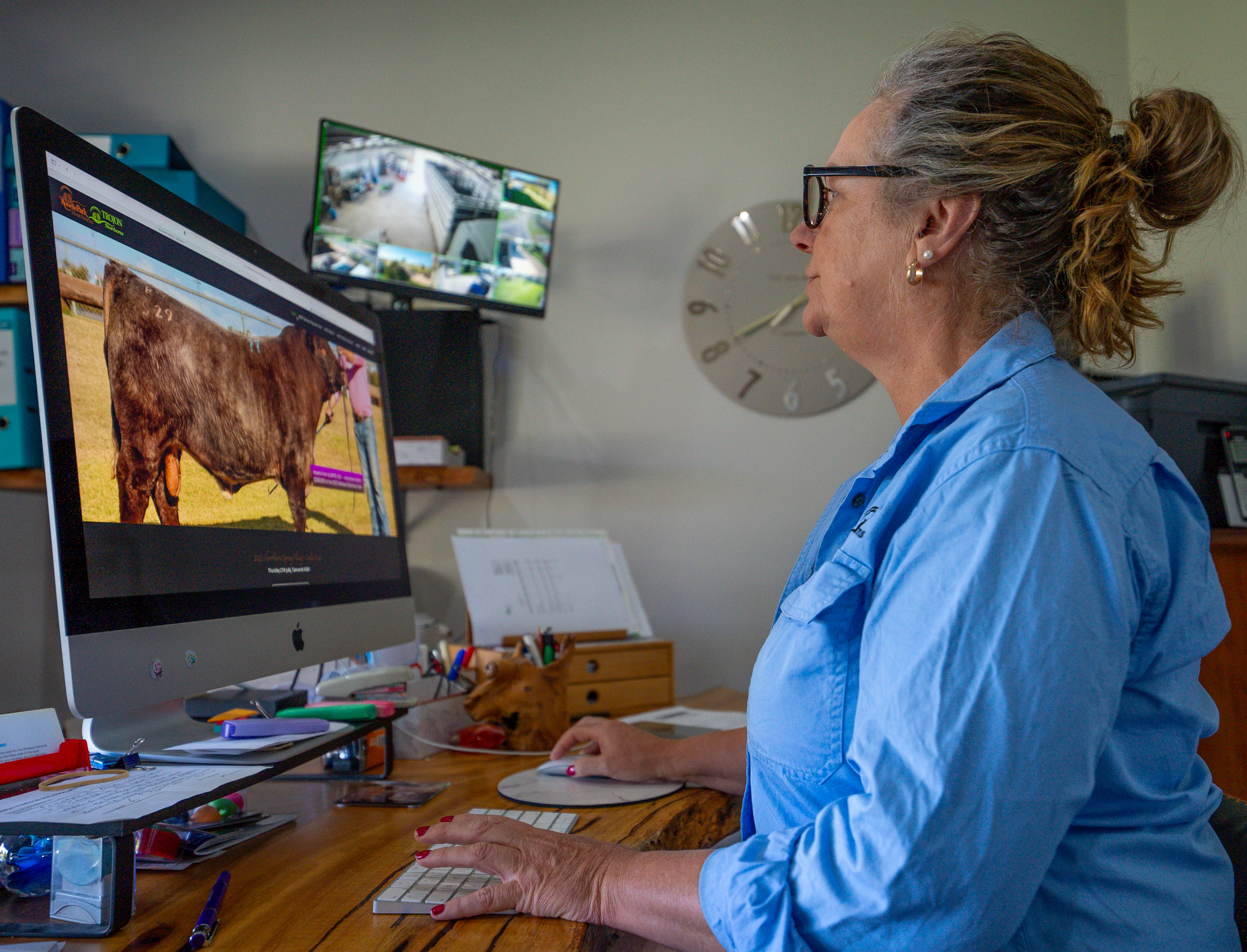
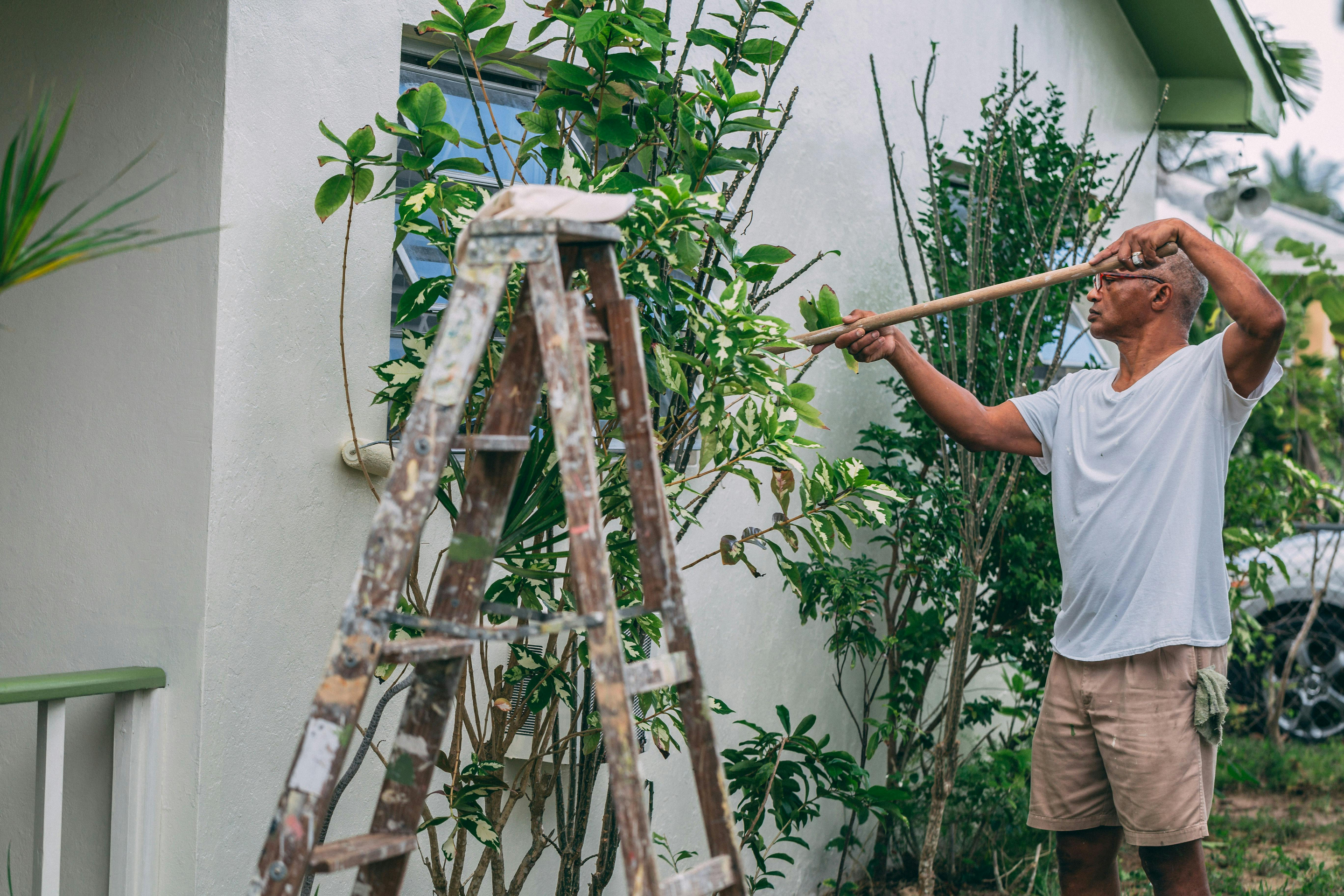
Emily Chen, sustainable farming consultant, observes that "the most successful transformations occur when buyers embrace staged development rather than attempting everything simultaneously, allowing both land and budget to recover between major projects whilst building practical knowledge through direct experience." The restoration journey itself provides profound satisfaction, with tangible daily progress visible in healing landscapes, revived buildings, and the establishment of sustainable systems that may endure for many generations.
Final Thoughts on Your Rural Property Journey
Purchasing abandoned farms is a significant undertaking that requires vision, resourcefulness, and practical skills to turn neglected properties into thriving rural holdings. Success mainly depends on thorough research to understand target regions, property types, and realistic costs before making specific purchases. Prioritising comprehensive due diligence through professional inspections and legal reviews helps prevent costly surprises that could derail projects and strain budgets beyond recovery. Realistic budgeting, including expected expenses and contingency funds, ensures financial stability throughout restoration phases when unexpected issues arise. Embracing the restoration journey itself, rather than fixating solely on completion, allows buyers to find satisfaction in gradual transformation and skill development that occurs through hands-on involvement with land rehabilitation. The abandoned farms available through platforms like Farmbuy offer pathways to creating unique legacies by blending historical preservation, environmental restoration, and lifestyle aspirations into properties that reflect personal values and long-term visions. Those who approach these opportunities with patience, careful preparation, and realistic expectations find that restoring forgotten rural properties offers rewards far beyond financial gains, including personal fulfilment, environmental stewardship, and the creation of enduring family assets rooted in Australia's agricultural heritage.
How do you legally claim an abandoned property?
True abandonment is legally rare in Australia, as virtually all properties maintain registered owners even when visibly neglected. Purchasing abandoned farms occurs through standard property transactions with estate executors, banks holding mortgagee sales, or owners willing to sell, rather than through adverse possession or claiming. The process requires identifying the legal owner through title searches and negotiating normal purchase agreements, though properties in deceased estates or receivership may involve additional steps and longer settlement periods.
What are the first steps after buying a neglected farm?
Immediately after settlement, prioritize comprehensive site security including fence repairs preventing livestock intrusion, identifying and addressing safety hazards such as unstable structures or contaminated water sources, and creating detailed photographic documentation of existing conditions. Developing a phased restoration plan with realistic timelines and budget allocations prevents overwhelm whilst ensuring systematic progress across infrastructure, buildings, and land rehabilitation projects over coming months and years.
Are there special loans for buying and renovating old farms?
Whilst no specific "abandoned farm loans" exist, buyers access rural property loans from specialist agricultural lenders, construction loans for substantial renovation projects, or bridging finance for properties requiring work before standard mortgages apply. Applications require strong financial positions demonstrating capacity to manage both purchase and restoration costs, with lenders assessing property potential alongside borrower circumstances and often requiring larger deposits than standard residential purchases.
What is the biggest hidden cost when buying a disused farm?
Utility connection or upgrade costs frequently exceed expectations, particularly electricity connection to remote properties that may require new infrastructure costing $50,000 to $150,000 or more depending on distance from existing networks. Establishing reliable road access can similarly demand substantial expenditure, with grading, drainage, and surfacing costs accumulating rapidly on long driveways through challenging terrain, whilst water system establishment including bores, tanks, and treatment can reach $30,000 to $60,000.
Can I get government grants to start a farm on old rural land?
Government grants typically target specific activities including land rehabilitation, sustainable agriculture practices, biodiversity conservation, or support programmes for young and new farmers rather than property purchase itself. State and federal programmes vary considerably, with application processes requiring detailed project proposals and demonstrated environmental or agricultural outcomes, though successful applicants can receive $10,000 to $100,000 or more depending on programme scope and project scale.
What kind of insurance is needed for a derelict rural property?
During renovation phases, public liability insurance protects against injuries to workers or visitors, whilst basic property insurance covering fire and storm damage may prove difficult to obtain until buildings reach habitable standards. Once restored, comprehensive rural insurance packages cover dwellings, contents, farm buildings, public liability, and potentially farm equipment and livestock, though premiums reflect bushfire risk, remoteness, and building construction materials with costs varying from $2,000 to $8,000 annually or more.
How important are water rights when purchasing a farm?
Water rights represent critical legal assets separate from land title that dictate capacity to extract water from rivers, bores, or dams for agricultural or domestic purposes. These entitlements vary by state and catchment area, with some regions experiencing severe restrictions during drought periods, making verification of existing water licences and understanding extraction limits absolutely essential before purchase, as properties without adequate water rights face severe limitations for agricultural development or livestock operations.
What are common zoning issues with old rural properties?
oning restrictions frequently limit construction of additional dwellings, preventing subdivision or development plans that buyers assumed possible without researching local planning schemes. Heritage overlays protecting historic buildings impose renovation requirements including maintaining original materials and architectural features, potentially increasing restoration costs whilst preventing desired modifications. Agricultural zoning may prohibit certain commercial activities including tourism ventures or intensive animal industries without obtaining planning permits through potentially lengthy council approval processes.
Which state has the most opportunities for buying unused rural land?
Opportunities fluctuate with economic cycles and commodity prices, though New South Wales, Victoria, and Queensland offer substantial rural property markets with diverse abandoned farm listings due to their large agricultural sectors and demographic shifts affecting regional areas. Affordability varies considerably, with remote inland regions typically providing better value than properties within two hours of major cities, whilst Western Australia and South Australia feature opportunities in areas affected by changing rainfall patterns and agricultural economics shifting production zones.
Is it cheaper to restore an old farmhouse or build a new one?
The cost comparison depends entirely upon structural condition and restoration scope, with buildings suffering major foundation issues, extensive termite damage, or asbestos contamination often costing more to restore than demolishing and rebuilding. Comprehensive building inspections provide essential information for this decision, as cosmetic renovation of structurally sound heritage homes may cost $80,000 to $200,000 whilst comparable new construction might require $250,000 to $400,000, yet severely compromised structures can exceed $300,000 to restore properly, making demolition and rebuilding more economical despite losing historical character.

